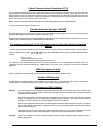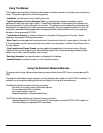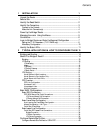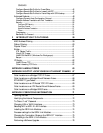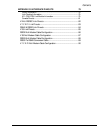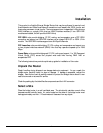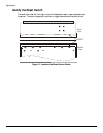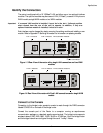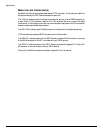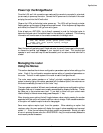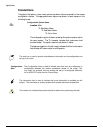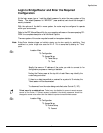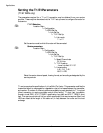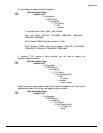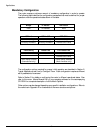
Applications
3
Identify the Connectors
The router is configured with a 10/100BaseT LAN and either one or two optional interface
modules. The optional modules may be a second LAN (10 BaseT), a second LAN plus one
WAN module, a single WAN module or two WAN modules.
Important: If a second LAN module is installed, it must be in the slot 1 (leftmost position
when viewed from the rear of the unit) to operate. In addition, if only one
optional interface module is installed, it must be in slot 1
Each interface may be changed by simply removing the existing module and installing a new
module. Refer to Appendix D: Servicing Information for information on replacing modules.
CONSOLE
RS-232/V.24
Link 1 module
Link 2 module
LAN/Console module
Power connector
CSU/DSU
LINE
10/100 BT LAN
MDI-X MDI
Figure 1 -3 Rear View of the router with a single LAN connection and two WAN
modules
CONSOLE
10/100 BT LAN
MDI-X MDI
LAN/Console module
Power connector
RS-232/V.24
LAN 2 module
Link 2 module
10 BT LAN
MDI-X MDI
Figure 1-4 Rear View of the router with Dual LAN connections and a single WAN
module
Connect to the Console
Connection to the bridge/router operator’s console is made through the DB25 connector
labeled CONSOLE on the back of the bridge/router.
Connect the console port of the Router to a computer running an asynchronous
communication package or a standard asynchronous terminal. The bridge/router supports
autobaud rates at 1200, 2400, 9600, 19,200, 38,400 or 57,600 bps. Both the bridge/router
and the bridged network are configured through the use of “hotkey” Menus.



